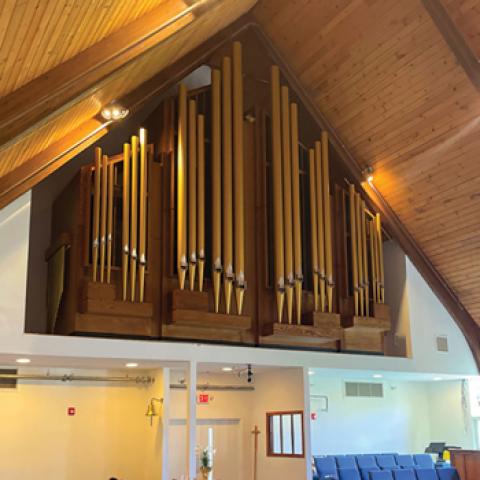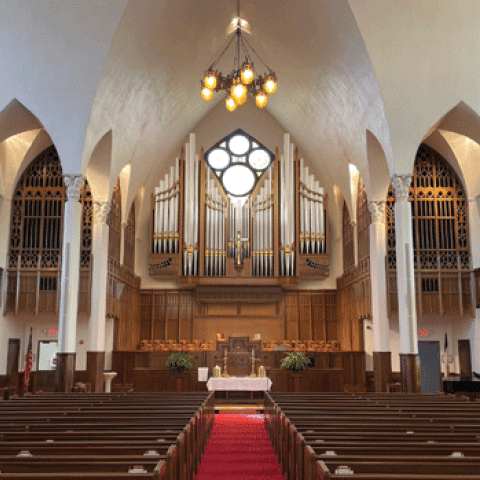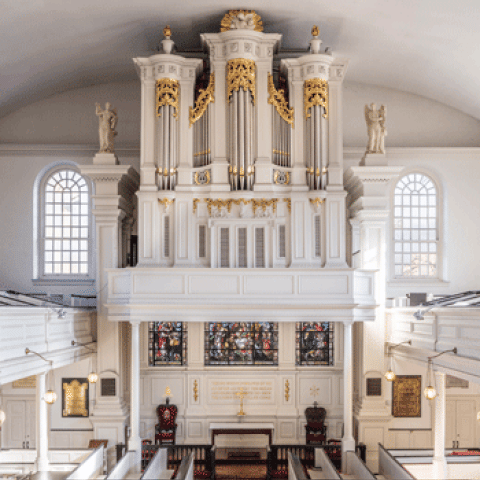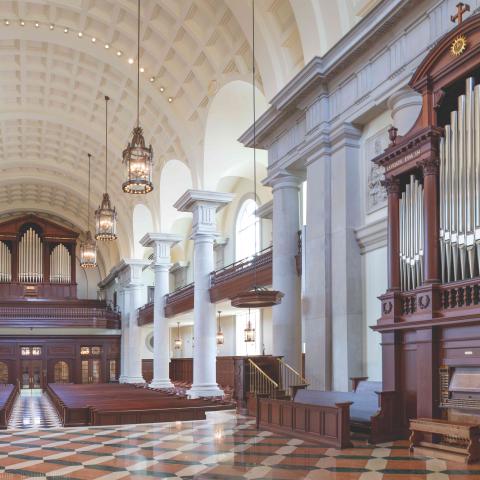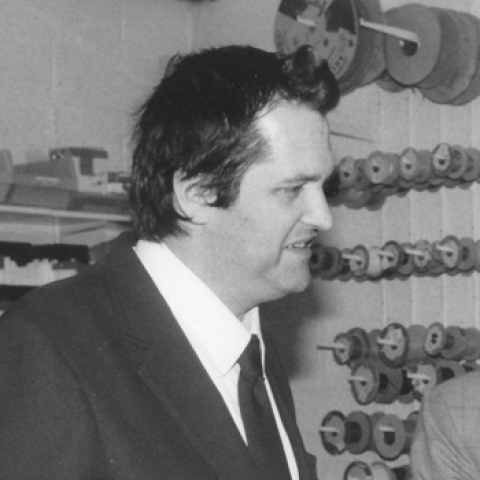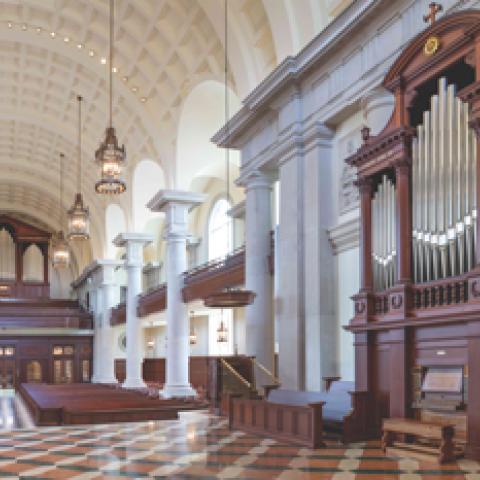
Reuter Organ Company President JR Neutel and his wife Linda recently donated a pipe organ to Washburn University, Topeka, Kansas, placed in Room 211 of Garvy Fine Arts Center. Reuter Opus 2166 is a two-manual, nine-rank instrument built in 1994.
This mechanical-action organ was originally installed in the music room of a Wichita residence. Cynthia Smith is organ instructor at Washburn.
Other organbuilder news:
Patrick J. Murphy & Associates recent projects
Leonard G. Berghaus dead at age 84
Paul Fritts Organ Company Opus 44 and Opus 45, Hillsdale College, Michigan

